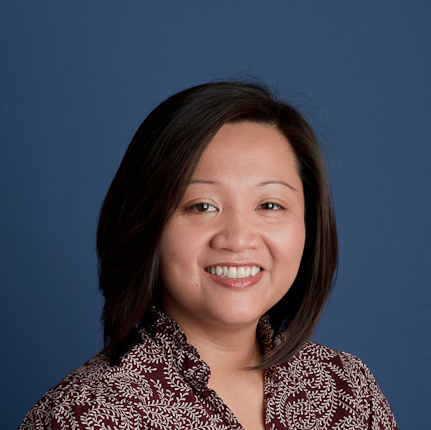Gerlie Collado is the Arts Program Associate with The James Irvine Foundation and a member of the Los Angeles Asian Pacific Islander Giving Circle.
After attending the National Giving Circle Campaign Convening, I am even more passionate about ensuring AAPI communities have access to resources they need to thrive. Having grown from 15 giving circles in 2011 to currently 43 across the nation, this is indeed an exciting movement to be a part of. As the movement grows, two questions came to me upon reflecting on my experience at the annual convening:
- Metropolitan regions like Los Angeles are becoming home to multiple giving circles. Is there a way for giving circles in a specific locale to better collaborate in order to take advantage of members’ collective knowledge and networks without diluting the individual efforts of each of the circles? How can lessons from local collaborations extend to regional collaborations among giving circles?
- While there are a handful of nonprofit organizations with missions that are explicit to serving AAPI communities, smaller organizations that don’t have a 501(c)(3) tax status are also meeting needs in a community. Given that these types of efforts might be more nimble and have deeper connections to individuals in a specific region, are there ways for giving circles to support these types of efforts?
I don’t think I can fully answer these questions myself. Rather, I’d like to start the conversation with hopes that over time, my fellow giving circle members and other interested individuals might contribute their take on how to answer these questions.
Los Angeles County is currently home to nine giving circles. In my experience as a giving circle member, I’ve noticed a bit of overlap with some of the supported organizations of my circle, and two other circles in LA. Should we adjust our efforts so we are not giving to the same organizations? More importantly, how are giving circles’ support affecting the community organizations that are funded? With such a number of giving circles in one area, there must be a way to harness giving circle members’ collective knowledge in order to further our efforts to get more people involved in giving circles, as well as better support organizations that serve the AAPI population.
Ensuring the AAPI population throughout the United States, especially the most vulnerable individuals in a given community, is something all giving circle members are passionate about. During a breakout session at the convening, a giving circle member talked about how her circle had to help a couple of small organizations obtain a fiscal sponsor so her giving circle would be able to give grants to those organizations. The small organizations did not have the 501(c)(3) tax status and some did not even know the purpose of a fiscal sponsor. This particular giving circle clearly felt these small organizations had positive impacts in its community, otherwise its members would not have wasted their time to handhold them through the fiscal sponsorship process. How many more efforts like this are happening in other parts of the nation? Is providing technical assistance for organizations working outside the nonprofit structure a need that giving circles should consider addressing? A healthy ecosystem of organizations serving the API population can only contribute to AAPIP’s efforts to get more AAPIs involved in philanthropy.
I’m excited by the growth of giving circles across the nation. As we heard during the 2014 Convening, even more circles are in the queue. As more people join the movement, I’d love to find ways to work more closely together in order to really take advantage of our collective efforts. I’m looking forward to figuring out what this might look like for the sake of our communities.

